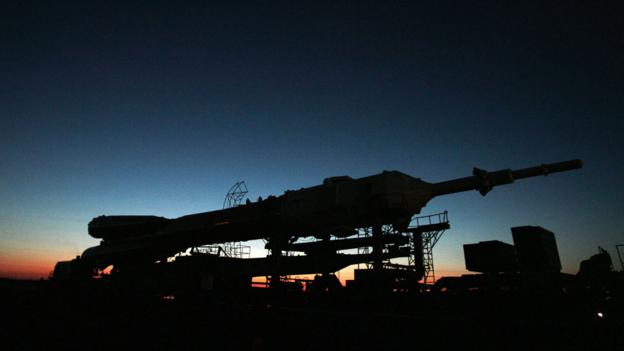Space: A travel guide

With Virgin Galactic planning its first sub-orbital test flights later this year, space tourism is close to becoming a reality even if you are not mega-rich. But which space company to choose to take you to the final frontier? Richard Hollingham, looks at the options.
It’s the ultimate experience – an event that will change your life. And whether you’re a billionaire, millionaire or just incredibly wealthy, the space tourism industry has something to offer. So far, only seven space tourists have flown in space but, all being well, over the next couple of years that’s going to change. Big time. And, if you’ve got the money, you could be part of it.
I’m not going to pretend the experience will be cheap but whether you want a quick sub-orbital thrill, a week staring out of the window of the International Space Station (ISS) or a daring mission to the far side of the Moon, it’s going to be considerably cheaper than it was for Nasa.
Neither is it without its risks. Even today, there is nothing routine about spaceflight. Some of these companies are relying on tried and tested Russian spacecraft but the others are stretching new technology to its limits. Just hope you’re not on board when those limits are discovered.
But, if you’ve saved your money and signed the waiver form, here’s what you can expect from a selection of the major players in this fledgling market.
VIRGIN GALACTIC
Mission: Space is Virgin Territory
The experience: After a few days of training alongside your five fellow crewmembers, you don your spacesuit and take your seat in the VSS Enterprise rocket plane. Slung beneath the wings of the WhiteKnight Two twin-hulled aircraft, your rocket is carried 50,000 ft (15,000m) into the clear skies over the Mojave Desert. With everything checked out, WhiteKnight releases Enterprise, the pilot hits the start button and you’re thrust back into your seat as the rocket powers into space.
After the engines have cut off, it’ll be completely silent (apart from the exclamations from your fellow passengers) and you’ll have around five to six minutes of weightlessness when you’re free to float around the cabin and peer out of the large windows to the Earth below. Then it’s back to your seat, as gravity takes over and the spacecraft descends– at some speed – to land back on the runway.
What they say: “It has been specifically designed to give as many people as possible, an affordable, fantastic experience,” Virgin Galactic commercial director, Stephen Attenborough, tells me. “It’s the astronaut experience, so it’s the rocket ride to space, it’s having a big cabin that you can float around in zero gravity, it’s got big windows, so you’ve got fantastic views of Earth, it’s all run by Virgin so you’ll have a fantastic experience and you’ll come back an astronaut!”
Cost: $200,000
Wow factor: 8/10
Warped factor: 6/10
Verdict: It’s likely to happen in the near future and is certainly going to be a thrill-ride. But it might leave would-be astronauts wanting more.
SPACE EXPEDITION CORPORATION (SXC)
Mission: A life changing experience
The experience: SXC are working with XCOR Aerospace, the developers of the Lynx suborbital space plane. Equipped with four rocket engines, the plane is designed to take off and land on a runway. What’s neat about these engines is that they can be ignited and shut down at any time during flight. However, the Lynx has yet to fly.
As a passenger on board, you will be strapped into the cockpit at the front alongside the pilot. After take off, the plane will climb rapidly at three times the speed of sound to 58km (36 miles) above the Earth. At that point, the pilot will shut off the engines and let the plane coast upwards for another 40km (25 miles) as you start to descend in an arc back towards the Earth. You’ll experience around 4Gs of force as the plane re-enters the atmosphere, before it glides back for a horizontal landing.
Нема коментара:
Постави коментар